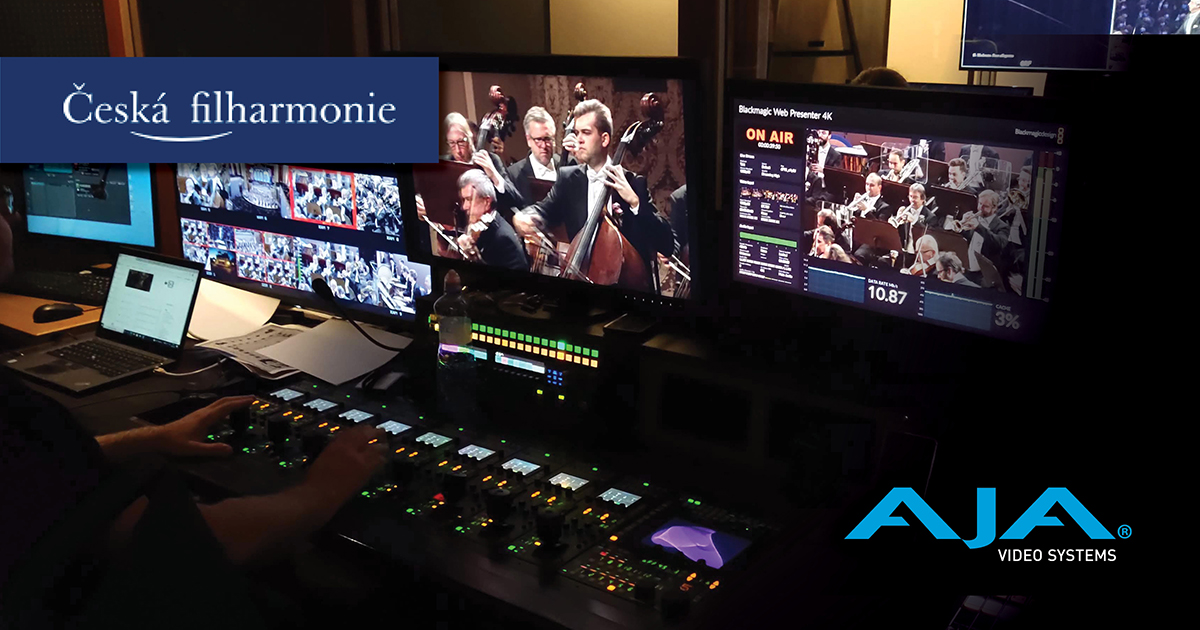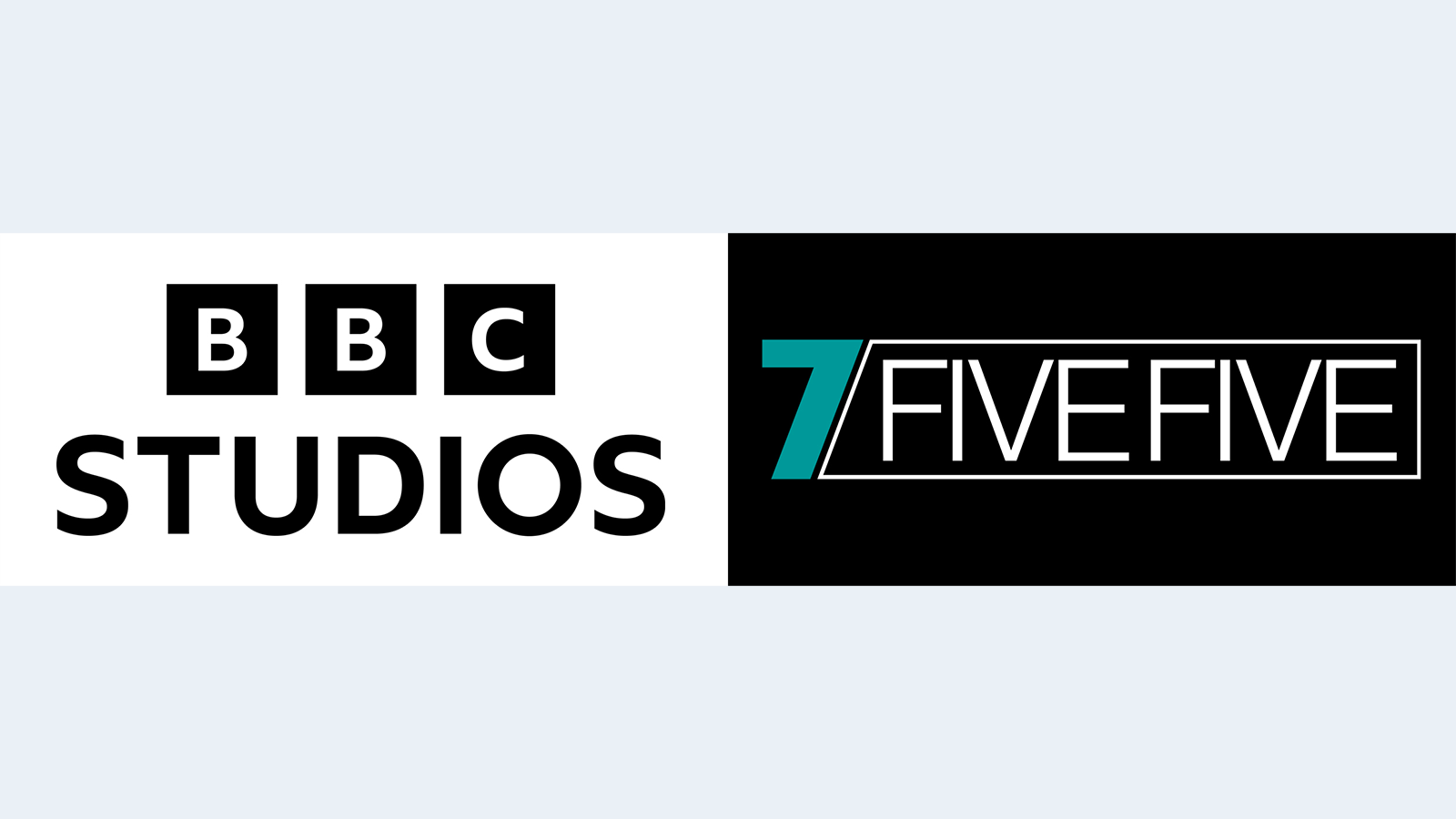Czech Philharmonic Symphony Orchestra Taps AJA for 4K HDR Productions
AJA gear is used in the venue’s production workflows for broadcast, streaming and social

AJA has announced that Prague’s Czech Philharmonic Symphony Orchestra has been using technologies and solutions from AJA in its workflows for broadcast, streaming and social media feeds of its concerts.
In recent years, the orchestra has broadened its global footprint by transforming the Rudolfinum concert hall, where it performs, into an international stage via live video broadcast and streaming technology, which supports concert broadcasts and streams to European Television channels Czech TV, MEZZO TV, ARTE, and European Classical TV; social streaming platforms like YouTube, Vimeo, and Meta; and many other distribution points.
To ensure the highest quality experience across viewing platforms and device types, Rudolfinum technical supervisor Dušan Bajtoš explained that he opted to produce concerts in UltraHD HDR end-to-end and has come to rely on a host of AJA equipment for execution.
“When approached for this job, it was one of the first UltraHD HDR projects in the region, and I like a good challenge,” Bajtoš said. “Anyone who has watched UltraHD HDR content can see the difference in quality, not to mention that most consumers already have UltraHD HDR-capable displays at home, so this path made sense. With tools like AJA FS-HDR, we can raise the caliber of our signal output and deliver a viewing experience audiences can enjoy a lot easier.”
To provide global viewers with different perspectives during each concert stream, the team leverages four manned cameras and six robotic cameras controlled from the director’s room on-site, the companies explained.
Ahead of each concert, they comprise a shot list that describes the angle, timing, and length of shots per camera, as well as the object or artist to be put into focus. From the director’s room, Bajtoš and his team execute the production, leaning on a collection of displays to monitor the feeds and make color and exposure adjustment calls. Signal conversion – between camera log formats, HDR and SDR, and UltraHD and HD – is crucial to each transmission, which is where Bajtoš uses AJA FS-HDR. The HDR/WCG converter/frame synchronizer lets the team convert the output to match each delivery partner’s requirements, be it 4K HDR, HD HDR, or HD SDR.
“Prior to adopting FS-HDR, our committee tested several solutions to assess the quality of conversion, but none compared to FS-HDR,” he explained. “It wraps such an extensive range of algorithms into an affordable device and helps us meet nearly any conversion need. We also love the various modes it offers, from the Colorfront Engine Live Mode to BBC HLG LUTs Mode and the NBCU LUTs mode, which has really impressed us.”
Get the TV Tech Newsletter
The professional video industry's #1 source for news, trends and product and tech information. Sign up below.
In addition to FS-HDR, across productions, Bajtoš also leverages an AJA KUMO 1616 12G-SDI router, which is integrated into the robotic camera head system to support automatic camera switching. The pipeline further uses an AJA HELO H.264 video streamer and recorder for reliable recording to USB drives that can be handed off to the crew and director after the production wraps. An AJA Ki Pro Ultra 12G 4K/UltraHD/HD recorder and player/multi-channel HD recorder is used for Apple ProRes backup recording.
“HELO has proven to be an incredibly reliable streaming and recording device that makes it easy for us to quickly share concert recordings for crew needs and director reviews. Like all our AJA gear, it just works,” concluded Bajtoš.
For more information about the Czech Philharmonic, visit: https://www.ceskafilharmonie.cz/en/.
George Winslow is the senior content producer for TV Tech. He has written about the television, media and technology industries for nearly 30 years for such publications as Broadcasting & Cable, Multichannel News and TV Tech. Over the years, he has edited a number of magazines, including Multichannel News International and World Screen, and moderated panels at such major industry events as NAB and MIP TV. He has published two books and dozens of encyclopedia articles on such subjects as the media, New York City history and economics.

